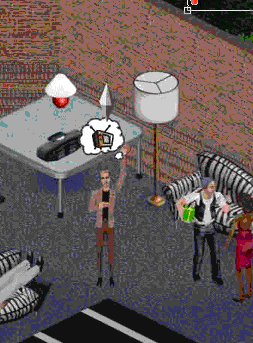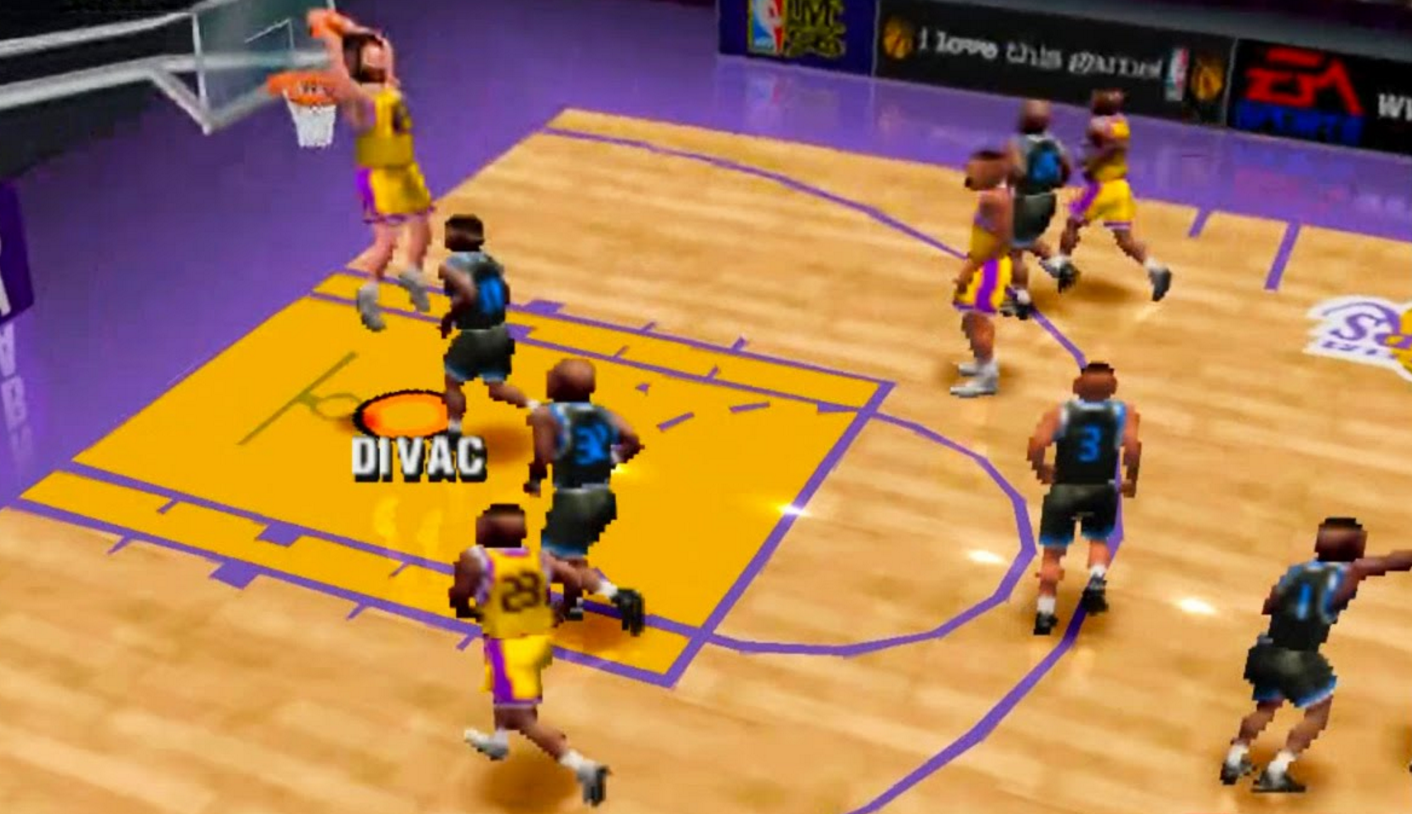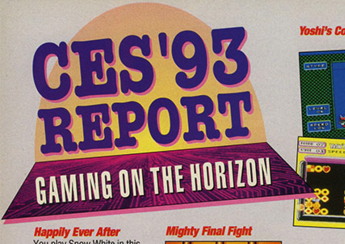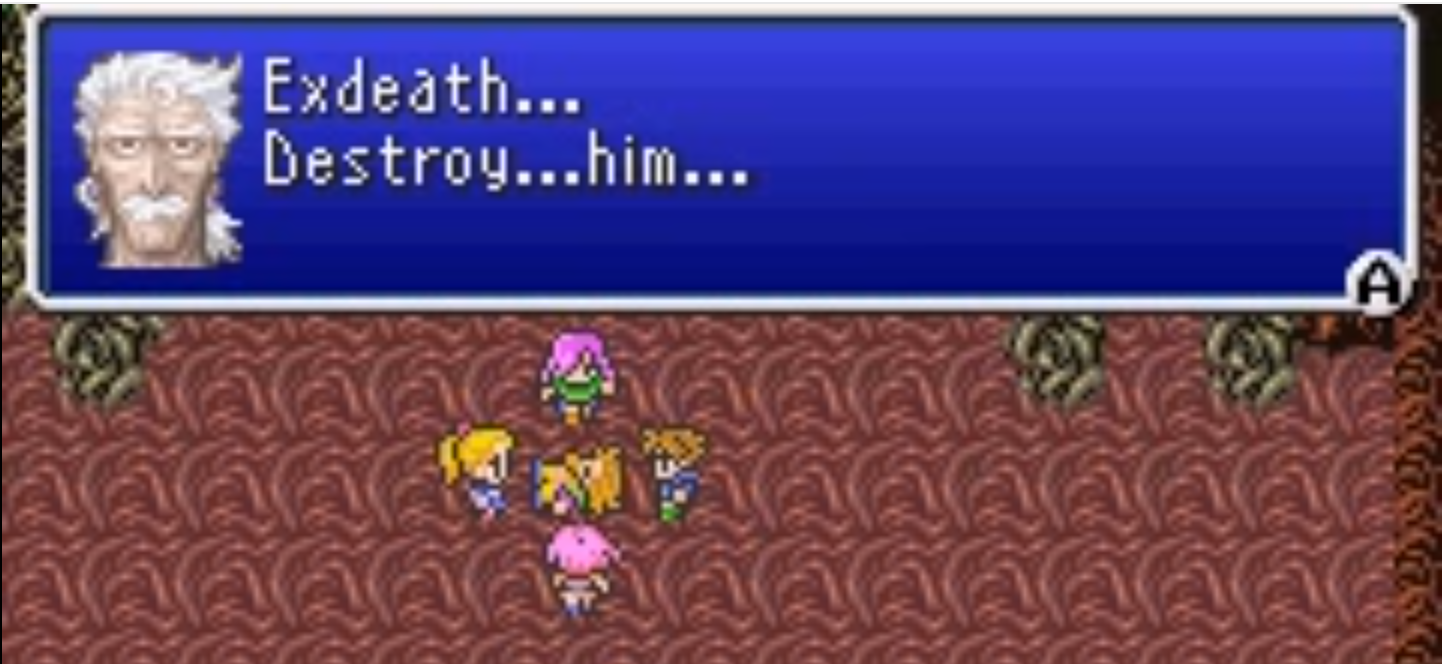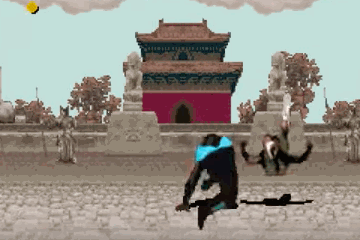I’m trying the following breakdown that fits into three 25-minute time blocks (5-minute breaks in between):
-
First block: Six minutes of pre-reading. I mark an estimate of what I’ll read in the session. This time I marked off 80 pages. That was aggressive—I ended up reading 63 pages. I skimmed the chapters and wrote the names down. Then I wrote a couple questions down (How can I apply these techniques to writing and blogging?). Then I read for the remaining 19 minutes.
-
Second block: Read for the entire 25 minutes.
-
Third block: The old vomit draft. Trying to get from beginning to end. First an outline then filling in what I can. I’ll get better at this.
The chapters I’d be reading were about semi-scripted pieces and semi-scripted field pieces.
Live semi-scripted pieces
An example of a semi-scripted piece is a stunt piece, like David Letterman’s velcro suit. I mentioned in the first book note post on this that Joe Toplyn writes particularly straightforward for a book about humor. He saves that for the sidebars. I enjoyed the story he shared about developing the suit of Alka Seltzer:
A staff member tested the suit in rehearsal and, sure enough, as soon as the Alka-Seltzer started bubbling he began to suffocate.
The book also shares another principle, “Don’t literally kill anybody.” (The staff member lived.)
Semi-scripted field pieces
Everyone had their different file sharing means in college. “Back in my day…” Ok yeah actually back in my day we used DC++. One of the things that got around pretty quickly freshman year1 was this folder of Conan O’Brien clips. One of them was Triumph, the Insult Comic at the premiere of The Phantom Menace.
So I was happy to see it as an example in the book. Joe Toplyn deconstructs punchlines from the segment and explains associated pairs that could have led to it.
Triumph tells one of the only young females he found among the crowd of males, “You can choose from all kinds of guys who have no idea how to please you.”
A female fan + Star Wars fan association (“sexually inexperienced”) = “All these guys have no idea how to please you.”
Reading this, it made me realize that while some jokes may very well be ad-libbed on the spot, many were likely written ahead of filming. It’s cool to see how a segment like this could be planned.
Directives from the book
Here are my key takeaways from the book:
-
Write a lot: Writing teams probably write ten times as many jokes as appear on the screen.
-
Pick an angle: Take something real and recognizable then add an angle to it.
-
Use association lists: Association lists are the basis of getting to all of those jokes.
Cranking out jokes day in and day out doesn’t happen without some kind of structure. I found this really encouraging:
This process may seem formulaic […]
Professional writers juggle the formulas in their heads—automatically, instinctively—but that doesn’t mean the formulas don’t exist.
Now I just need to practice for twenty years.
-
Association list: things that get around quickly + freshman year of college ↩




